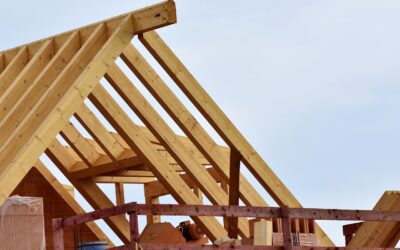 Housing
Housing 
Becky Ricketts, Policy & Research Officer for Care & Repair Cymru, highlights that houses in disrepair won’t benefit from the new Warm Homes Programme
Last week, the Minister for Climate Change announced the new iteration of the Warm Homes Programme (WHP), which is launching on 1 April 2024. This is the Welsh Government’s primary mechanism for tackling fuel poverty in Wales, supporting households to make energy-efficient and cost-effective improvements.
On the same day as the announcement, Care & Repair Cymru launched a new report looking at the causes and impact of poor housing conditions. While the WHP is a valued and important scheme, our new report highlights the fact that houses in disrepair won’t benefit from it.
How has the Warm Homes Programme changed?
The updated scheme promises a greater focus on decarbonisation, in a bid to reach Welsh Government’s targets of net zero by 2050, having no more than 5% of the Welsh population living in fuel poverty, and eliminating persistent and severe fuel poverty.
There have also been a raft of changes positively impacting eligibility and delivery. Firstly, more people are now eligible than ever before. Households with an EPC of E or below and under the low-income threshold will be eligible. This means people on a state pension and living in fuel poverty will be eligible. Additionally, homes with an EPC of D or below and have an occupant with a recognised health condition will also be eligible.
Secondly, under the previous scheme any disability-related benefits were counted as income, and therefore meant that many disabled people were exempt from support due to these benefits pushing them above the low-income threshold. Now, any disability benefits will be exempt when calculating income, meaning that disabled people will not be penalised.
Thirdly, the new WHP will allow households to make more than one application, which has been revised from the last scheme.
Why housing disrepair is a fuel poverty problem
Whilst there are many welcome changes in the updated WHP, it is important to remember that some houses that will be supported by it will be in a state of disrepair. Care & Repair staff regularly see homes that have not seen a heating engineer, electrician or even a maintenance person for many years, and are in need of significant repairs.
In a single year, Care & Repair have seen a 130% increase in charitable-funded works to improve housing conditions, and a decline in the number of homeowners able to pay for the works needed. This shows that disrepair is a problem that many older people in Wales are struggling to address.
Housing disrepair can lead to deeper fuel poverty as it prevents adaptations from being installed, including energy saving measures. For example, a home experiencing water ingress prevents wall cavity insulation from being installed. Repairs must first take place before the house can be improved.
The health costs of poor housing
Health and housing are inextricably linked, and fuel poverty is a prime example of this.
A cold and damp home impacts on the health of the occupant. Even more acutely affected are those with additional health conditions or illnesses that are exacerbated by cold, damp, hazardous conditions. For example, an older person with arthritis who is living in a home with rotting floors may be more susceptible to falling and risk hospital admission. Likewise, someone with COPD or asthma will be especially affected by a home that is damp or is unable to retain heat due to the home’s inefficiency.
Any investments made to a person’s home is also an investment made to their health and wellbeing. Poor-quality housing costs the Welsh NHS approximately £95 million yearly, with a societal cost of over £1 billion a year. Utilising the WHP as a vehicle for improving housing standards is of benefit to all – to the occupier, to the health service, to the social care sector, and to the housing sector.
We hope that those living in conditions such as ones described in our new report From Wear and Tear to Disrepair will be just as eligible for support and will see the benefits they so desperately need.


